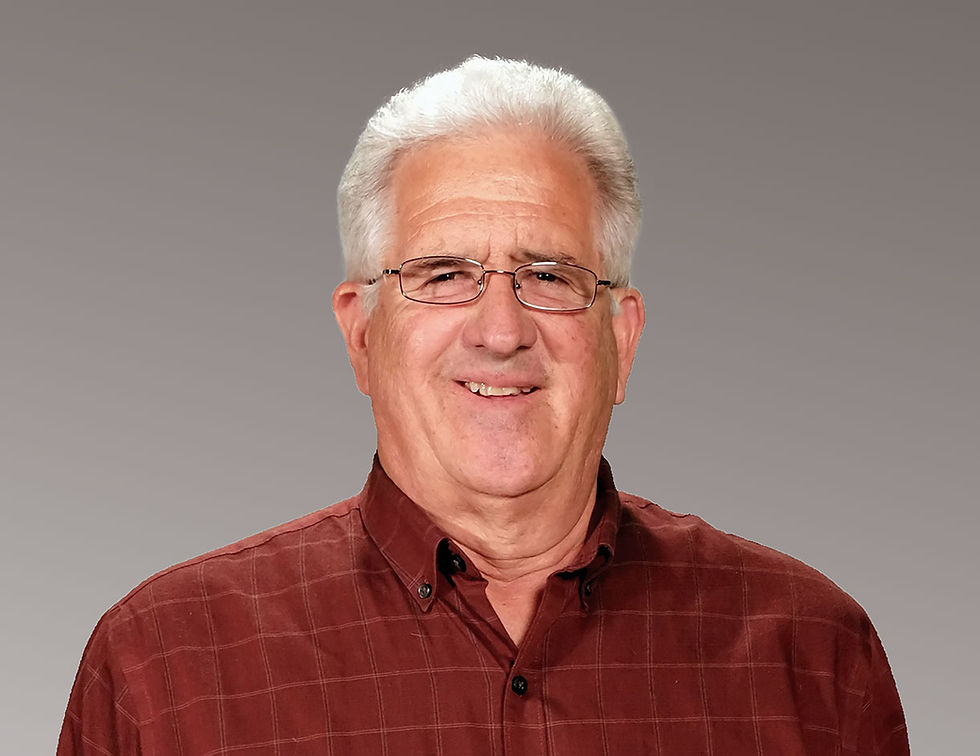M&A Trends and Industry Insights From the Dog Days of Summer.
- PetroActive Services

- Aug 22
- 3 min read
Retailers planning to divest stores in the months ahead should take a proactive approach to strengthening their operations to enhance value ahead of a sale.
It’s hard to believe that over half of 2025 has come and gone already. Over the past few months, I’ve attended several industry events enabling me to provide the following assessment of the current mergers and acquisitions environment for petroleum marketers and retailers.
In the seven short months since our new president took office, it’s refreshing to see media attention take a 180-degree turn and return to discussions on crude reserves and big oil. The recent news about Chevron’s successful acquisition of Hess and the vast reserves in Guyana brings back fond memories of my own petro-experience working in that neck of the world.
Back then, Guyana had far less cachet than it does today. In fact, if you sailed a private boat into Georgetown harbor, you had a very good chance of having your boat robbed if left unattended. Nowadays, with Exxon and Chevron upstream personnel hanging around, the Guyanese Coast Guard has probably been outfitted with some new uniforms and harbor patrol boats.
Another refreshing election consequence is the deemphasis of electric vehicles (EVs), requiring the industry to now succeed on its own merits, without governmental assistance. It’s too bad that other EV charging methods weren’t initially considered before everyone jumped off the logistically impossible and expensive EV charging network cliff.
Higher EV adoption rates could have been achieved if vehicles were configured to alternate charging methods, such as removable batteries that could be swapped out at retail, like a propane tank exchange.
Logic now prevails, and the good news is that our energy emphasis will no longer focus on windmills and cow flatulence.
M&A WatchOn the mergers and acquisitions (M&A) front, for quality deals of size and scale, buyer appetite and resultant deal values will remain strong. The typical seller profile in this category owns and operates 10 or more stores, has 50 million gallons of dealer supply volume, or 10 million gallons of commercial fuel and a million gallons of lubricants annually.
Buyers include growth-oriented, large established regional petroleum marketers, private equity-backed roll up companies or well-funded growth-oriented marketers looking to grow in a fixed geographic area.
For deals that fall below these minimum thresholds, the M&A picture is not as vibrant. These businesses typically include traditional multigenerational, multifaceted companies that include a combination of retail, dealer supply, bulk plant-supported commercial fuel and lubes distribution.
Though somewhat profitable, they generally lack critical mass in any one area or underperforming parts of the business are stubbornly held onto to the detriment of the whole. This category faces lackluster buyer enthusiasm, higher deal scrutiny, selectivity and moderated purchase value multiples. Being proactive in tightening up the operation, in advance of a sale, will enhance marketability, value and divestiture success.

Following are some retail focus areas to consider:
Loyalty: Don’t ignore the importance of having a proprietary store loyalty program designed to run seamlessly with available branded fuel programs.
Food continues to be the third leg of the retail success stool, and customers are looking for more than simple roller grill iterations. Consider upgrading the offering and linking it to the loyalty program.
Pragmatically evaluate all company-operated stores from a cashflow contribution and value perspective to determine if continued direct operation is warranted. Dealerization or outright divestiture of subpar stores are good alternatives to enhance overall business image and value.
On the commercial side:
Deploy fuel delivery automation for streamlined efficiency, fuel management and receivables control.
Tighten up management of customer consigned equipment to better identify where and what equipment is in the field. Consigned equipment is arguably more important than written contracts to support volume ratability and value.
On the dealer supply side:
Ensure that dealer supply contracts are current and valid.
When renewing an agreement, include key protection clauses, by limiting dealer assignment rights or consents that impair the seamless transfer of the agreement.
Also include a simple clause whereby the dealer will cooperate if a sale requires the signing of an estoppel letter confirming agreement terms.
On the company side:
Upgrade back-office software to enable accurate digital financial reporting by business segment and time periods (retail, retail supply, commercial, transportation, etc.). Having greater financial sophistication positively enhances buyer deal perception.
Feel free to contact me for more info or for qualified advisory resources on any of these remediation topics. Have a great rest-of-the-summer and stay cool!
Possessing over thirty five years of downstream petroleum experience, Mark Radosevich is a strong industry advocate. He is president of PetroActive Real Estate Services, LLC, offering confidential mergers & acquisition representation and financing services exclusively to petroleum wholesalers. He can be reached by email at mark@petroactive.net and by phone at 423-442-1327.







Comments